As you may have read in this earlier post, I’m very much in love with my 50L, despite its poor test results and condemnations from people who don’t have the desire or the patience to learn its idiosyncrasies and work within its limitations. I think the images it produces have a kind of magic that cannot be measured with charts, and cannot be seen at pixel level. It works for me.
Although I’m not much of a wide-angle photographer, I do feel a bit naked without a 35mm in my bag, so when I was buying my new Canon kit a couple of years ago I included a Sigma 35mm f1.4 Art on the strength of it’s almost unanimous acclaim. It’s heavy but very well-made, super-sharp, and a lot cheaper than Canon’s 35L. But mine wouldn’t focus consistently, despite many hours of adjustment with the Sigma Dock, and a trip back to Sigma for servicing – when returned it was exactly the same as before. In tungsten light, it just wouldn’t focus consistently on anything closer than 2m. Sometimes it would focus in front; sometimes behind; it was simply unreliable and I had to let it go.
So! Still in the market for a good 35mm lens, my curiosity was piqued when I saw reviews comparing Canon’s 35mm f2 IS to the 35mm f1.4L. “Every bit as good, but with 4 stops of image stabilisation thrown in, and at less than half the price!”, they said. It sounded too good to be true, but I thought I’d check it out. Given my experience with the 50L, my preference is to avoid all reviews which show charts and graphs of sharpness, and instead look for images made by great photographers which show what any lens can do in the right hands. I set off to find images made using both lenses (35L and 35is), and after a lot of trawling through Flickr Groups I’d found many photographs made with the 35L which really jumped off the screen at me, but I have to say I didn’t see many (any!) photographs from the 35is which had the same impact. I concede that this might be because the price differential between the two lenses means that a greater number of less demanding photographers are using the 35is, and this was reinforced to a certain extent by a couple of ‘real-world’ reviews which I eventually found:
http://www.calebkeiter.com/canon-35mm-f2-is-usm-lens-review/
http://dustinabbott.net/2014/03/canon-ef-35mm-f2-is-usm-review/
Some of the great images in the reviews above made me think twice, and demonstrated that, in good hands, and with careful processing, the 35is is capable of making very attractive images. But I couldn’t help wondering what the same shots taken with the 35L would look like. So… I borrowed both lenses for a weekend to see if I could do a controlled experiment – to take identical ‘everyday’ photographs with both lenses and see what differences could be observed.
Disclaimer: with only a couple of days to test these lenses, and because it was important to shoot many frames in controlled circumstances, I’m afraid the images aren’t very imaginative or stunning examples of great photography. They’re just straightforward snaps, but I think they do show enough to highlight some differences in the lenses.
Where 1:1 crops are included below, click on the images to launch full-size versions (you may need to click again to magnify them if your browser forces them to fit to the window size).
TEST 1 (Large aperture sharpness, CA and bokeh, 1:1 crops included below)
– 35L sharper at f2, both equal at f2.8
– Strong chromatic aberration on 35L highlights, still apparent @ f2.8
– CA visible in 35L bokeh (see cyan tint around telephone buttons – 35is more neutral)
– Noisy bokeh artefacts on 35is @ f2 & f2.8 (see top edge of coiled cable)
TEST 2
– 35L colours slightly more vibrant
– 35L bokeh smoother
– Both of the above create more 3D appearance
TEST 3 (Max sharpness, 35L, 35is and 40mm f2.8, all at f5.6, 1:1 crops below)
– 35is very slightly sharper at centre; clearly sharper at edge
– 35L colours slightly ‘livelier’
– Bargain basement 40mm at least as sharp as 35L
TEST 4 (B&W conversion – same processes applied to all 3 images)
– 35L rendering seems more 3D
– 40mm renders ‘flattest’ image, probably due to longer focal length
TEST 5 (Blind test – which one do you prefer?)
Both shots were taken at f2.8, and are untouched apart from resizing. Try to resist the temptation to download the files and peep at the pixels – just stare into the dark, out-of-focus centre of each image in turn, and see if anything draws you to one or the other.
CONCLUSION…
35is pros: Sharp after f2; neutral; well corrected; light; image stabilisation.
35is cons: Noisy bokeh in some circumstances; slightly soft at f2; I also noticed that the 35is required a little more exposure than the 35L (my auto-ISO jumped half-a-stop every time I attached the 35is).
35L pros: wide aperture/shallow DOF; attractive bokeh; stronger colour saturation & contrast.
35L cons: Awful chromatic aberration at f1.4 (bit better at f2); slightly soft at f1.4; heavy; very slightly less sharp than the 35is at extreme edge of frame.
I guess the right choice for you depends on your interests and values. The 35is is a safe bet for sure and clearly most owners are delighted with it. It’s fast, sharp, reliable and very usable at all apertures. But after staring at the images above for far too long, I still find myself thinking that the 35L does produce a more natural, more three dimensional image (bottom image in the pair above), and better bokeh at all apertures. Chromatic aberration can be fixed or worked around, but there’s no way to fix bad bokeh.
For me, super-obsessed with subject isolation and quality of bokeh, the 35L is the better bit of glass. You might say that the almost imperceptible differences are not worth the extra cost – only you can judge that. I confess that was my conclusion when I wrote the first draft of this page, but now, after staring at the two images above for FAR too long, I believe the difference is clear, and it’s the kind of difference I want to appear in my own images.


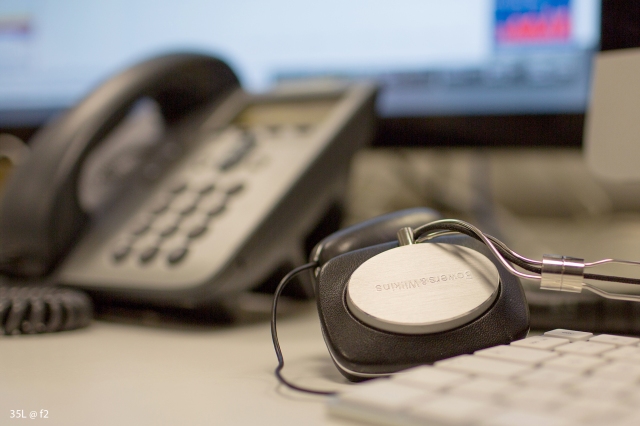
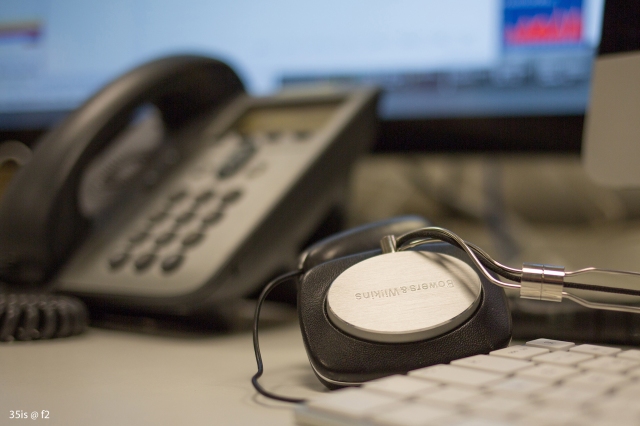

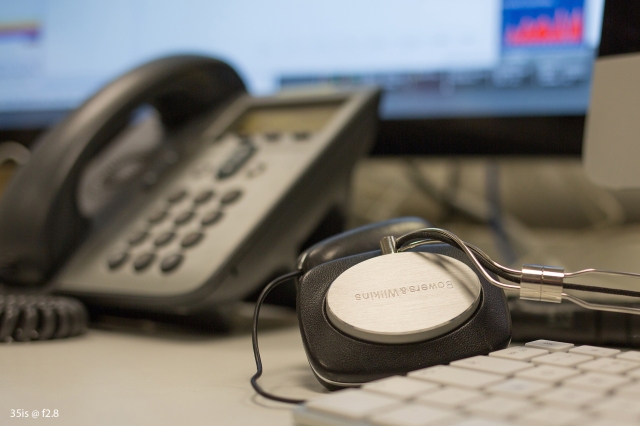








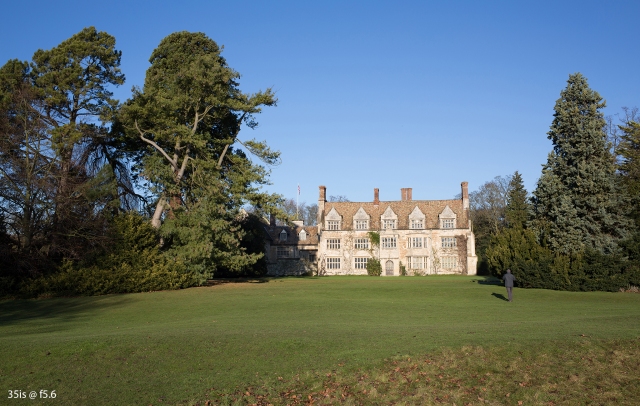

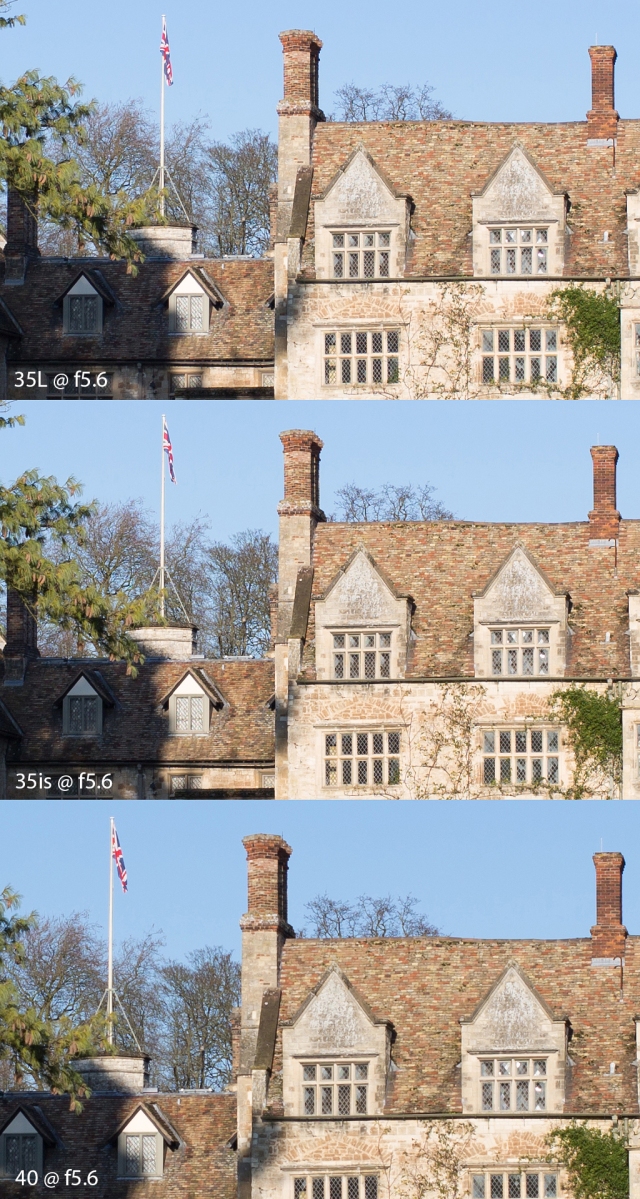

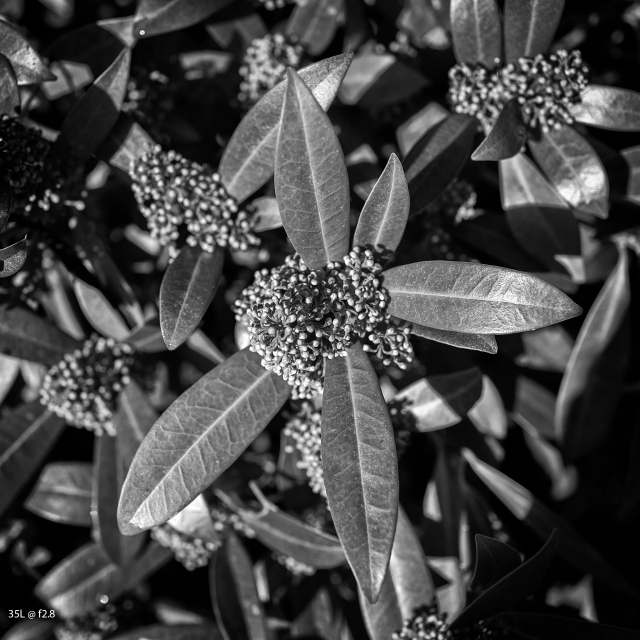
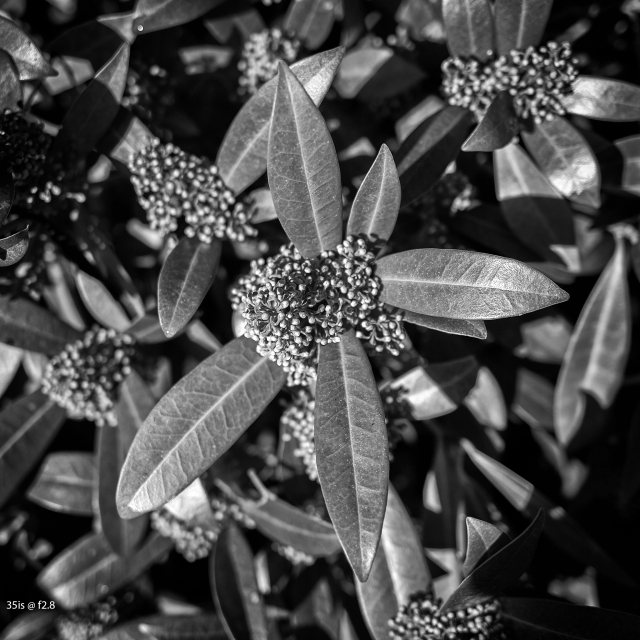
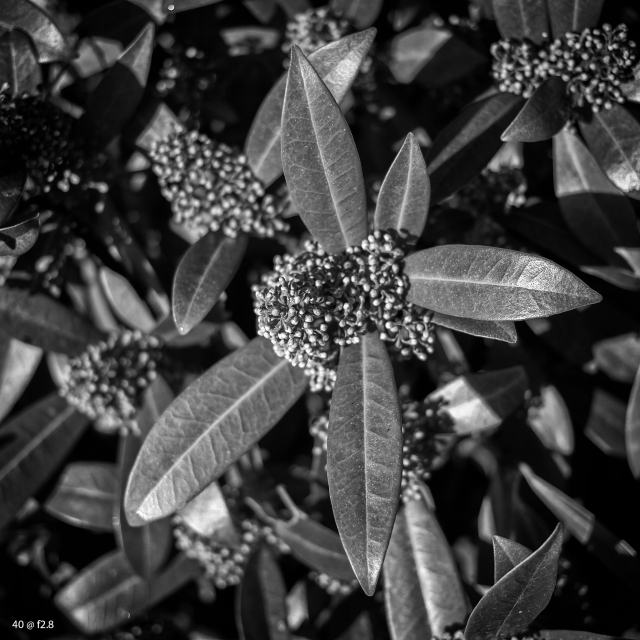


Hi Aldownie! First of all, thanks for sharing my review. I appreciate it. I love your comparison here. I went through some similar decision making in choosing my lens. I hope you’re happy with your 35L. All the best!
LikeLiked by 1 person
Blimey! It’s that guy!! I’ve got all your albums! I’m not worthy! Thank very much for your comments. Just between you and me.. I confess I returned the 35L too. I had limited time, and despite all the fun I’d had doing the comparison above, and despite reaching the conclusions I did, I decided at the last minute that I just wouldn’t use it as much as the 50mm, and therefore, while I do have the brilliant little 40mm pancake lens in my bag somewhere as my emergency wide option, I couldn’t justify spending the money on the 35L. Not right now anyway. One day.
And thanks to you too – as I said above, it was the quality of your own images that prompted this whole exercise!
Cheers,
Al
LikeLike
Thanks for a great review. I have been considering both the 35L and 35IS and now the new Tamron SP 1.8. I shoot a lot of family events indoors and most often at night. I like the real life/every day images you presented in the review. I think my customers will be more than happy with these images with some editing. The biggest factor for me is getting reliable auto focus in dimly lit environments and this makes the 35 IS a clear winner for me. I will definitely invest on the 35 IS. you have made this decision easier for me. thanks a million times.
LikeLike
I am a newborn photographer which lens do you think would be best? 35 mm 1.4 or 35mm IS?
LikeLike
Hi Melissa! There’s no right or wrong answer I’m afraid, and people have been arguing about it for years now. The one that’s better for you might be the wrong choice for someone else! If you look really closely it’s easy to spot differences between the two lenses’ characteristics but, honestly, when you’re looking at other people’s photographs, do you really look that closely? I certainly don’t. Even at Facebook size I can very quickly glance at a picture and I’m either impressed or I’m not. It’s got nothing to do with sharpness. It’s all about the decisions that the photographer has made – the subject; the expressions; what’s in focus; what’s deliberately out of focus; how it’s all composed; even how it’s been processed in the computer afterwards.
So! If you’re really brand new to photography, I’d go for the cheaper option. You’re doing the right thing by buying a prime lens instead of a zoom, because I think it encourages a thoughtful approach – it encourages you to think about all the factors above, and you’ll develop a personal style and interests that will inform future lens decisions.
Hope you enjoy it!!
LikeLike
Hello, really enjoyed this comparison, thank you! Regarding the last two images, it appears to me the last pic (L lens) has an octagonal shape to the out of focus bulbs, whereas the 35IS has rounder out of focus bulbs. Is this correct?
LikeLike
Hiya,
Yes, I think you’re right – the 35L does have slightly more octagonal highlights. But I don’t really rate that as a measure of the quality of bokeh – I’m more interested in the softness of the transitions and tones in the out-of-focus areas. Open both images to the same magnification in different tabs, and then toggle between both images paying attention to the little red ‘elf’ decoration in the top right, and you might see what I mean. The 35is image seems a bit ‘jittery’; I think the 35L seems more stable and smooth by comparison. But it’s subjective of course! Everyone’s taste will be different.
LikeLiked by 1 person
Ah, I see what you mean. Thank you.
LikeLike
best comparison ever so far, many thanks! Those daily life pictures actually more helpful than what you previously thought 🙂 And oh for the blind test, I choose the 2nd one; the difference was there to be noticed — and I dont want to spend more hours doing editing. But due to budget constraint & not making a living for this hobby, I am gonna take a used one. So wish me luck! 🙂
LikeLike
Thanks very much Cahyo! It seems like a long time since I wrote that – I’m glad it still has some value, at least for you. If you’re a 35mm shooter, you’ll love the 35L. Enjoy!
LikeLike
Fantastic review – thank you 🙂
LikeLike
Thanks! With the L Mark I price coming down on the used market, this was very helpful. Exactly the type of review I was after.
LikeLike
Thanks George – I’m glad it’s still useful!
LikeLike
I own the L & found your article by searching if the IS is an improvement. Thank you for clearing up what I already suspected. The L is just special 🙂
LikeLike
Nice review. Well done. The comparison images were very helpful. I can’t see any real differences in IQ, which in my opinion is the main drive into purchasing new equipment, Image Quality, that is. As I will use it mainly for indoor weddings @ f2.8 with flash, I’m convinced that 35mm f2 IS is the bet option. For double the price you will never ever get double in benefits, how ever you might count them. In editing you wont feel the differences. I practically exchange my 24-105mm L IS for a 35mm IS.
LikeLike